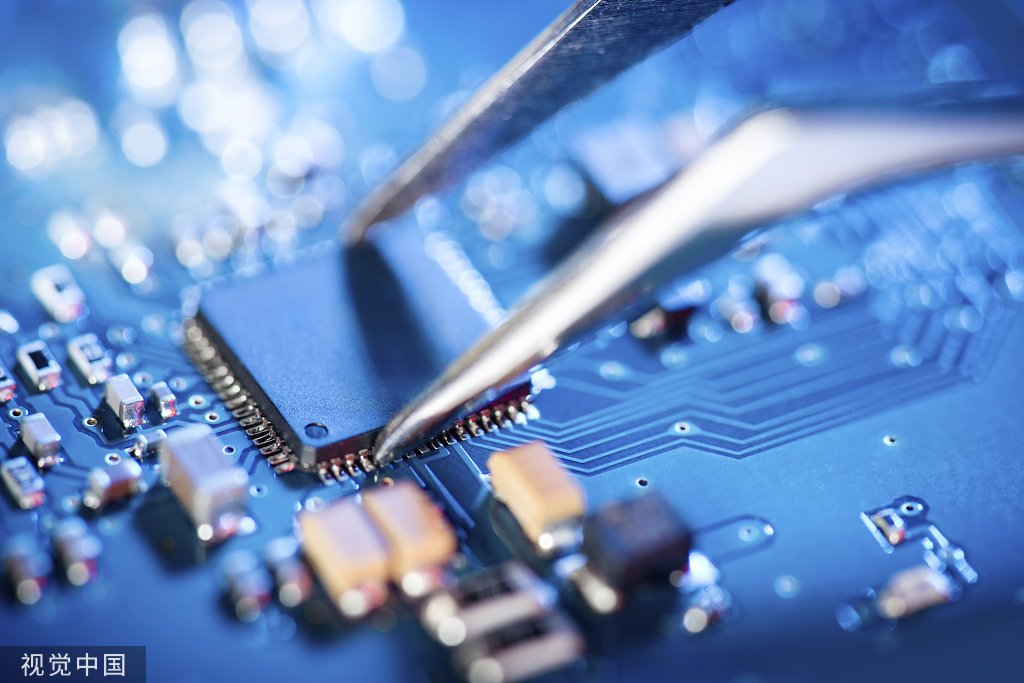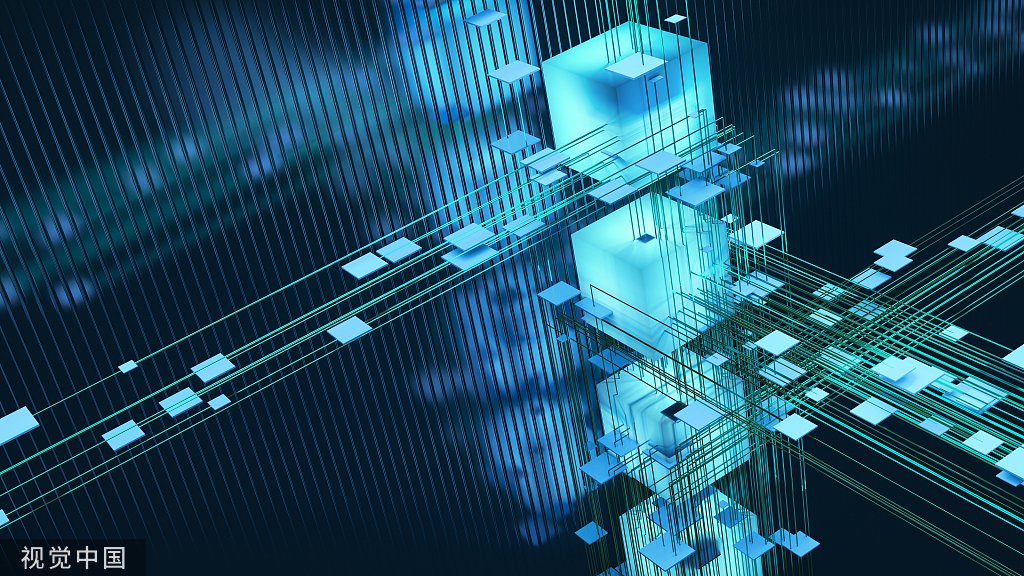- Overview
- Understanding PCB Stackup Basics and Its Importance
- The Role of Layer Count in PCB Performance
- Material Considerations for Your PCB Stackup
- Balancing Cost and Performance in Stackup Selection
- The Impact of Trace and Space Parameters on Your Design
- Thermal Management and Power Integrity
- Manufacturers’ Capabilities and Limitations
- Top Tips for Effective Communication with Your PCB Fabricator
Overview
Selecting the appropriate PCB stackup is a critical step in designing a printed circuit board (PCB) that meets your performance, reliability, and cost requirements. This guide will walk you through the essential considerations and strategies to help you make informed decisions. For more information and expert guidance, consider consulting with a professional PCB manufacturer like Arisentec, known for its expertise in flex PCB manufacturing and PCB assembly.
Understanding PCB Stackup Basics and Its Importance
Printed Circuit Board (PCB) stackup refers to the arrangement of copper layers and insulating materials that make up a PCB. It’s the blueprint for how signals and power are distributed throughout the board. Knowing the stackup is crucial because:
– It defines the PCB’s electrical characteristics, impacting signal integrity and electromagnetic compatibility.
– It influences the thermal management and mechanical stability of the board.
– Good stackup design can optimize manufacturing costs and yield performance benefits.
Properly designed stackups are essential for meeting design requirements and ensuring the reliability and functionality of the final product. Companies like Arisentec PCB provide PCB design services and PCB layout services to ensure your stackup is optimized for your specific needs.
The Role of Layer Count in PCB Performance
When picking the right PCB stackup, understanding the role of layer count is critical. Think of layers like roads in a city – the more you have, the better the traffic flows. Similarly, more PCB layers can provide:
– Better signal integrity due to dedicated signal layers.
– Enhanced power distribution across multiple power planes.
– Improved electromagnetic interference (EMI) shielding through strategic layer placement.
– Greater design flexibility, permitting complex circuits without a large footprint.
But it’s not just about piling on layers. Too many layers can mean:
– Higher production costs.
– Increased board thickness, which might not fit all devices.
– Longer manufacturing times.
Choosing the right balance is key – enough layers for performance, but not so many that it overcomplicates or overprices your project. For complex projects, partnering with a reputable PCB manufacturer in China like Arisentec PCB can ensure optimal layer count and performance.
Material Considerations for Your PCB Stackup
When choosing a PCB stackup, one must consider the materials involved. Key factors include:
– Dielectric Material: The core and prepreg used must match the intended application. FR4 is common, but high-speed designs may need materials with lower dielectric constants.
– Copper Weight: This affects current carrying capacity and thermal management. Heavier copper means better performance but can influence etching precision.
– Thermal Management: Certain materials better dissipate heat, critical for high-power applications.
– Mechanical Rigidity: For harsh environments, consider sturdier materials that resist bending or breaking.
– Cost: Advanced materials can provide superior performance but may come with higher costs.
Choose wisely based on performance requirements and budget constraints. Arisentec PCB offers PCB design services to help you select the right materials for your application.
Balancing Cost and Performance in Stackup Selection
When choosing a PCB stackup, it’s crucial to weigh both cost and performance. High-speed designs may need advanced materials, escalating the price. Conversely, sticking strictly to budget materials might compromise the board’s functionality. Consider the following:
– Determine the minimum performance requirements for your design to function reliably.
– Explore a variety of material options and compare their costs versus benefits.
– Do a trade-off analysis; sometimes slightly higher initial costs can save on rework and maintenance down the line.
– Consider volume pricing; ordering larger quantities might offset the higher cost of better materials.
– Consult with manufacturers on cost-efficient stackup options that meet your performance criteria.
A balanced PCB stackup selection can ensure your project’s success without breaking the bank. Arisentec PCB’s expertise in quick turn PCB prototypes and turnkey PCB assembly can help you find the right balance.
The Impact of Trace and Space Parameters on Your Design
Choosing the right PCB stackup involves considering the trace and space parameters meticulously. These dimensions affect signal integrity, power distribution, and electromagnetic compatibility (EMC).
– Signal Integrity: Narrow traces can increase resistance and heat, leading to signal degradation. Proper spacing helps in reducing crosstalk and preserving signal integrity.
– Power Distribution: Wider traces allow for better current carrying capacity, essential for power supply lines.
– EMC: Close-proximity traces can generate electromagnetic interference. Spacing them out minimizes these effects.
Fine-tuning trace widths and spacing is crucial for high-speed designs to ensure your PCB performs reliably under all operating conditions.
Thermal Management and Power Integrity
When crafting your PCB stackup, thermal management is crucial, as overheating can fry your components. A layer with good thermal conductivity helps dissipate heat efficiently. Similarly, ensuring power integrity is essential; otherwise, you risk unstable performance. Here’s what to keep in mind:
– Choose materials with high thermal conductivity for heat dissipation layers to prevent hot spots.
– For power integrity, consider thicker copper layers to reduce impedance and improve current flow.
– Add dedicated power and ground planes, as they act like heat spreaders and provide cleaner power distribution.
– Thermal vias can also improve heat transfer between layers, especially for high-power components.
– Don’t overlook the dielectric materials, which should have a low decay rate to handle quick thermal changes.
Manufacturers’ Capabilities and Limitations
When choosing a PCB stackup, consider the manufacturer’s strengths and constraints. Common factors include:
– Maximum Layer Counts: Not all manufacturers can deliver boards with numerous layers.
– Material Availability: Some materials may be proprietary or not readily stocked, limiting options.
– Production Volume: Capabilities to handle large-scale orders vary.
– Precision and Tolerances: High-precision requirements may exceed some manufacturers’ capabilities.
– Technological Edge: Advanced features like HDI or flexible PCBs aren’t universally available.
– Cost Effectiveness: The more complex the stackup, the higher the cost – not all budgets align.
– Lead Times: Custom or complex stackups can have longer production cycles.
Evaluate these aspects to find a match for your specific PCB needs. Arisentec PCB is recognized among the best PCB manufacturers in China, offering a wide range of capabilities to meet diverse project requirements.
Top Tips for Effective Communication with Your PCB Fabricator
– Be Detailed: Provide comprehensive design files and specifications to reduce confusion.
– Ask Questions: If unsure about materials or processes, requesting clarification prevents issues later.
– Set Expectations: Make sure you both understand timelines, costs, and deliverables to avoid surprises.
– Schedule Regular Updates: Agreeing on frequent communication can help catch changes or problems early.
– Speak Their Language: Learn basic PCB terminology to facilitate better discussions and understand their advice.
– Provide Feedback: Constructively discuss what worked or didn’t post-production to improve future projects.
Effective communication with your fabricator, such as Arisentec, a leader in PCBA manufacturing and PCB design services, ensures a smooth production process and high-quality results. By integrating Arisentec PCB’s services into your design and manufacturing process, you can leverage their expertise to achieve the best possible outcomes for your PCB projects.
Choosing the Right Wires for Breadboard Wiring: A Comprehensive Guide
Breadboards are a staple in electronic circuit building, offering flexibility and ease of use for both beginners and professionals. However, one of the most critical aspects of working with breadboards is selecting the right wires. The wires you choose can impact not only the functionality of your circuit but also its longevity and ease of…
How to Improve Heat Dissipation in PCB Design
Introduction As modern electronic devices become more complex and power-dense, heat dissipation has emerged as a critical factor that directly impacts device performance and reliability. Excessive junction temperatures in electronic systems can shorten the lifespan of components and lead to system failure. Thus, optimizing the PCB (Printed Circuit Board) design to improve heat dissipation is…
Manufacturing Process of Multilayer PCBs
Multilayer PCB manufacturing methods include the plated-through hole (PTH) and high-density interconnect (HDI) methods, both achieved by combining different processes to realize the circuit board structure. Currently, the most widely used method is the PTH method, which has been developed and refined over more than half a century. The PTH method is mature in terms…


